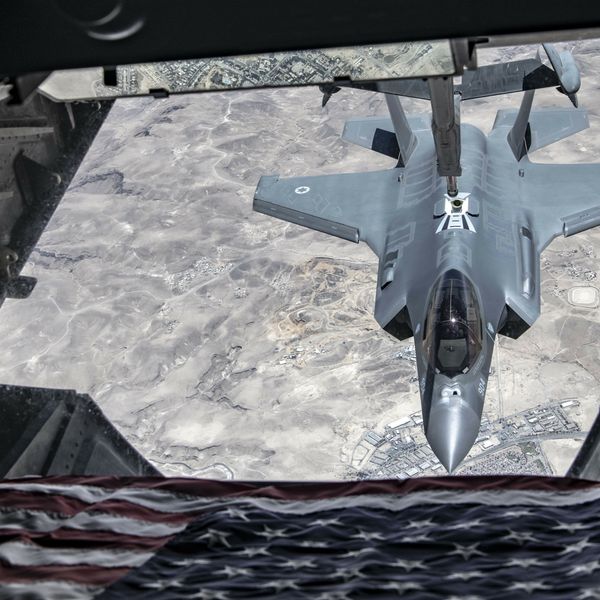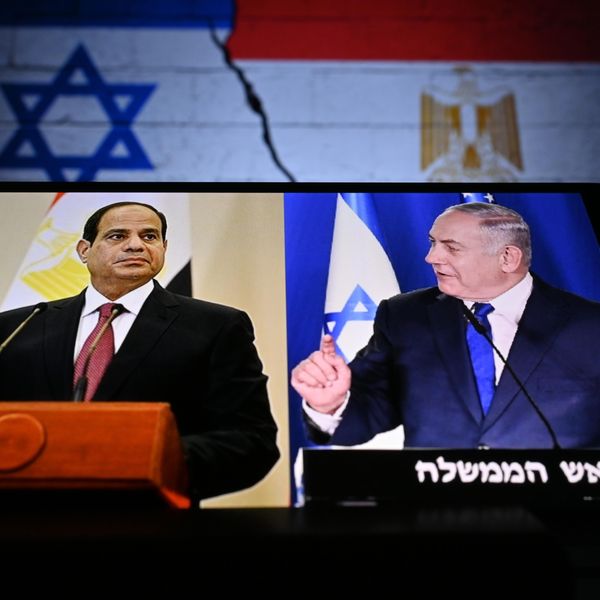President Donald Trump ordered U.S. nuclear submarines to be positioned in “the appropriate regions” after former Russian President Dimitri Medvedev reminded Trump of Moscow’s nuclear capabilities ad told him to watch the apocalyptic series “The Walking Dead.”
The war of words started over Trump’s threats to impose sanctions if Russia doesn’t comply with ceasefire in 10 days.
Both Medvedev's remarks and Trump's response are pure theatrics. Having refrained from the use of nuclear weapons over the past three years, Russia is obviously not going to launch them in response to a new round of U.S. sanctions — especially since it has successfully overcome several previous rounds.
Trump is right to ask of his new sanctions, "I don't know if sanctions bother him (Putin)." This almost amounts to admitting that the new sanctions are pointless in terms of putting pressure on Russia and are really intended to defend Trump against domestic criticism.
Trump's announced — or alleged — "deployment" of U.S. nuclear submarines is also completely empty. The U.S. has nuclear submarines capable of striking Russia on permanent deployment.
Medvedev and Trump are both trying to look tough for domestic audiences. The rest of us are not however required to applaud this theatre. At the same time, Trump is right to say that words matter, and there should be no place for empty theatrics in a matter as serious as the threat of nuclear war. President Putin should silence his increasingly erratic and provocative subordinate. Trump should take heed of his own words and moderate his own often overblown language and threats.
Putin for his part is correct to say that "in order to approach the issue (and end to the Ukraine war) peacefully, we need to have detailed conversations, and not in public." This would require the Trump administration to prepare a detailed plan for peace and develop a confidential "back channel" through which to present it to the Russian government.
However, if such confidential discussions were to have any chance of success, it would also be necessary for the Russian government greatly to moderate its present conditions for a peace settlement.
- Russia sanctions & new weapons, is Trump stuck in Groundhog Day? ›
- Trump is squeezing himself with his own Russia deadline ›
- Trump's terms for Russia-Ukraine on the right course for peace | Responsible Statecraft ›
















